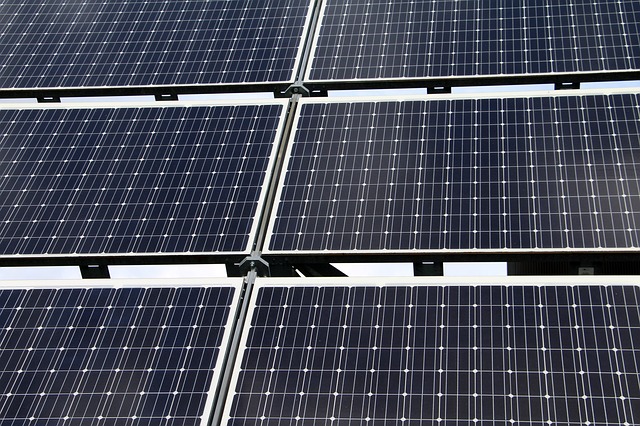We all know artificial intelligence to be the cornerstone of the far-off realms of sci-fi, but it’s becoming more commonplace in everyday life than we know. Excitedly, the world of solar power is no exception, with new innovations in the space welcoming a huge potential to combat the climate crisis.
Right here in Australia, researchers have pinpointed a new A.I platform that could carry opportunities to speed up the creation of more affordable, high-powered next-gen solar cells. Beyond this, technology like this could also prove beneficial for discovering much-needed materials that aren’t yet in existence.

Melbourne plays host to ground-breaking A.I solar technology
In the centre of Melbourne, a team of researchers from the ARC Centre of Excellence within the Exciton Science hub, have found success in proving a new type of A.I learning technology could help to predict the efficiency of energy conversion in the materials on the cards to be discovered. It’s thought that these materials would then be used to develop new solar cells.
Developed at RMIT University, alongside Monash University, the model enables scientists to build and examine potential materials through virtual means. Having this data on hand then gives the industry something to look forward to with the development of these next-level solar panels which is hopefully in the near future.
Why is A.I so important for solar power?
This is not a new concept. Historically, A.I platforms have been used to model viable materials and resources, but this particular platform is far more efficient and speedy.
Published in Computational Materials, research suggests that modelling holds the key to more beneficial components for this rapidly growing sector.
“Our aim is to demonstrate that simple, interpretable molecular descriptors and machine learning methods can model and predict important organic photovoltaic properties,” piece noted.
“While it is clearly ideal to model experimentally measured properties directly, there are many variables that can affect the organic photovoltaic performance metrics, for example, the device design; processing conditions; dopants, dyes, solvents, and other additives; and others. Thus, measured organic photovoltaic properties can vary from experiment to experiment and between labs.”
The problem with previous algorithms for A.I platforms has been the exorbitant cost and complex process, especially when calculations are required at a quantum standard. But the team of researchers at ARC Centre have built a new model that is able to greatly reduce the amount of ‘virtual’ resources required for these calculations. As a result, the technology is able to give thorough insights into how certain materials behave.
This technology and modelling have been developed through a partnership with several other on-shore institutions, including Monash University, La Trobe University and CSIRO’s Data 61. It also includes international bodies like the UK University of Nottingham.
References
https://www.nature.com/articles/s41524-020-00429-w












































